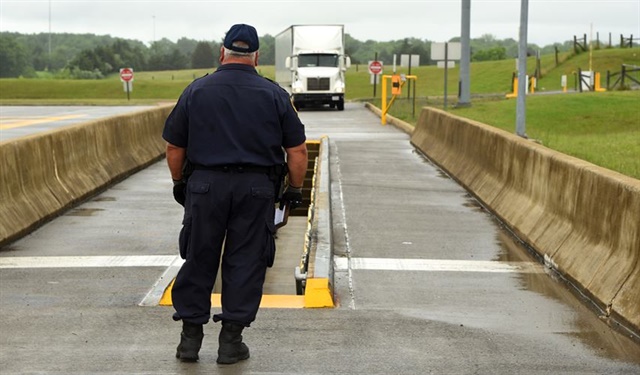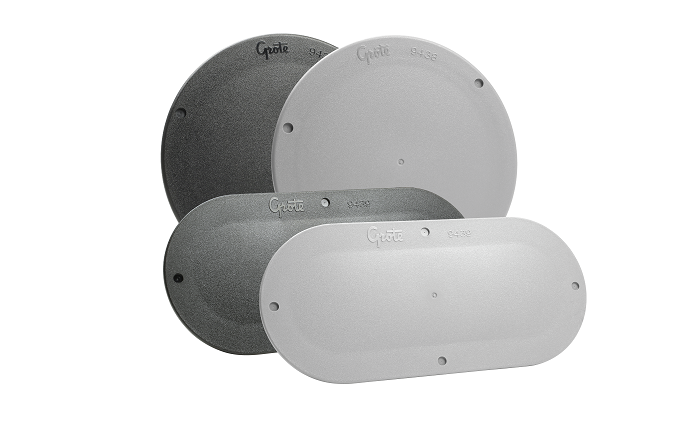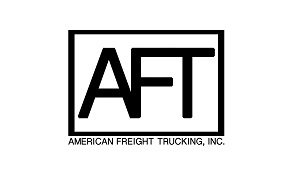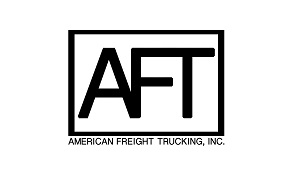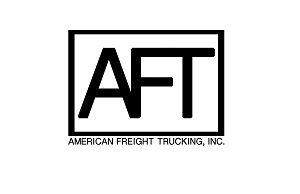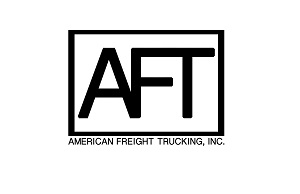Roadcheck 2016 Scores Record Low in Out of Service Violations
Photo via CVSA
">Photo via CVSA
">For the second year in a row, out-of-service violations were issued at record-low levels by inspectors during the 2016 Commercial vehicle Safety Alliance International Roadcheck.
In Level 1 inspections, drivers were given out-of-service violations just 3.4% of the time and vehicles were placed out-of-service at a 21.5% rate. This just bested last year's rates of 3.6% and 21.6% respectively, which were also the lowest rates that CVSA had seen since 1991 when it began tracking data on violations.
The rate is important because the total number of inspections was also lower this year - 62,796 compared to over 69,000 in 2015 – so a lower total number of vehicle violations does not necessarily indicate a better result. Of the inspections, 42,236 were Level 1, which is the most comprehensive vehicle inspection level.
“CVSA's annual 72-hour International Roadcheck initiative highlights the commitment of our inspectors who work hard every day to ensure unsafe vehicles and drivers are removed from our roadways,” said Collin Mooney, CVSA executive director. “It's also an opportunity for our inspectors to inspect, acknowledge and document the safe, fit and compliant commercial motor vehicles traveling our roadways by placing a CVSA decal on the vehicle; indicating that a particular vehicle has passed CVSA's rigorous inspection standards.”
Brake adjustment and brake system violations were the most common reason for vehicle out-of-service violations this year, representing 45.7% of the total. The top driver out-of-service violations were for hours of service and false logs, representing 46.8% and 16.4% respectively.
Every International Roadcheck has a focus and CVSA chose to place a special emphasis on tire safety for 2016. Tire and wheel violations accounted for 18.5% of the total percentage of out-of-service violations. In the U.S., tire violations represented 13.7% of the out-of-service violations.
“International Roadcheck is an annual reminder of the diligence and dedication of ...Read the rest of this story
